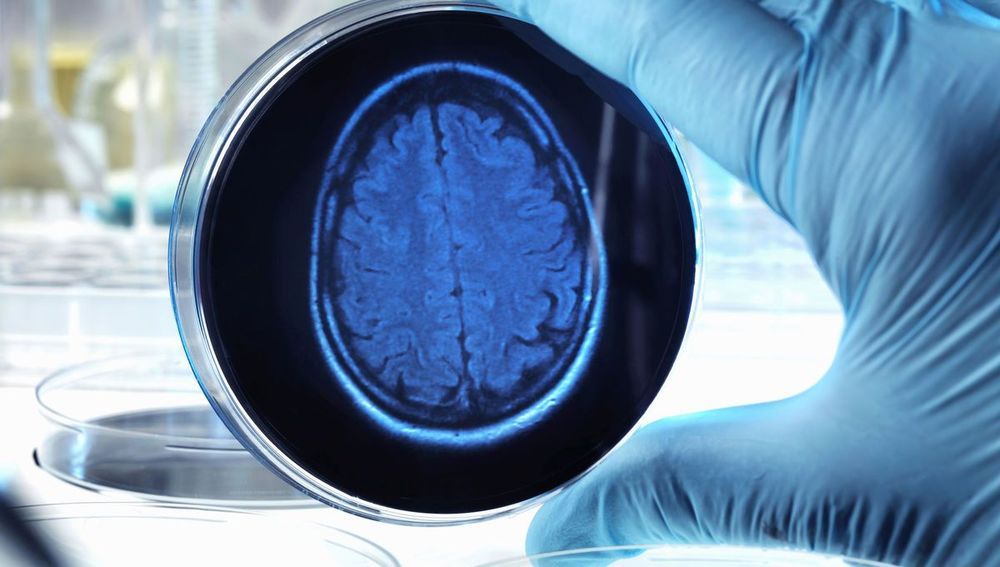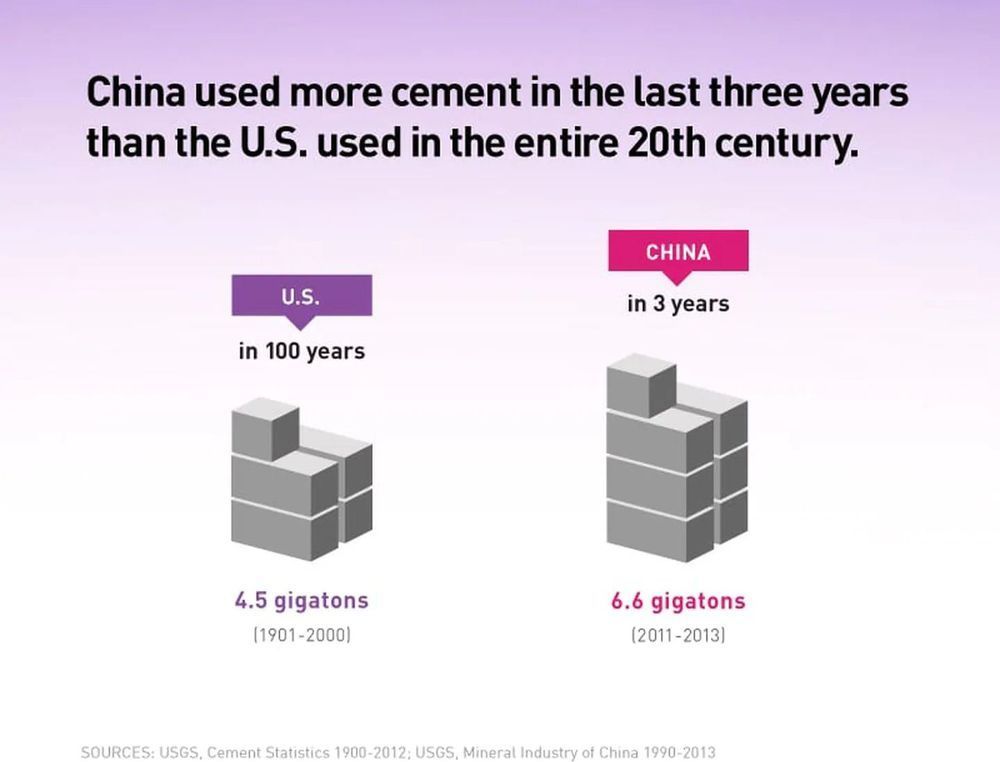One kind of bacteria can cause colon tumours, while lacking another kind of microbe may lead to ulcerative colitis, an inflammatory bowel condition.



In focal brain diseases, a patient’s neural network loses key connections, preventing the brain from functioning as it miraculously should. But what if there was a way to restore those connections? An EU funded study is seeking to do just that by getting real biological neurons to synaptically communicate with artificial ones.
Though still in the early stages of study, SYNCH, a team of scientists from the U.K., Switzerland, Germany, and Italy, have created what they describe as a “synaptically connected brain-silicon Neural Closed-loop Hybrid system.” Basically, they’ve taken actual brain cells and artificial brain cells, and got them talking back and forth over the internet.

Read updates in Chinese: 新冠病毒疫情最新消息汇总
Fears take hold that a global pandemic is inevitable.
From eastern Asia, Europe, the Middle East, the Americas and Africa, a steady stream of new cases on Friday fueled the sense that the new coronavirus epidemic may be turning into a global pandemic, with some health officials saying it may be inevitable.

Dr. Frank Sabatino is currently the Health Director of the Balance for Life Health Retreat, a lifestyle education center specializing in plant based nutrition, health rejuvenation, stress management, therapeutic fasting and detoxification.
“Our task is to make nature, the blind force of nature, into an instrument of universal resuscitation and to become a union of immortal beings.“
- Nikolai F. Fedorov
We hold faith in the technologies & discoveries of humanity to END AGING and Defeat involuntary Death within our lifetime.
Working to Save Lives with Age Reversal Education.
========== Perpetual Life Creed ==========
We believe that all of life is sacred and that we have been given this one life to make unlimited. We believe in our Creator’s divine plan for all of humanity to have infinite lifespans in perfect health and eternal joy, rendering death to be optional.

THE PET dog of a coronavirus patient in Hong Kong has tested positive for the deadly disease.
The owner of the dog, Yvonne Chow Hau Yee, who lives with her beloved Pomeranian, tested her pet pooch after being diagnosed with COVID-19.
The dog has been quarantined by officials, suggesting they have concerns that the pet could pass on the disease.

There are decisions being made right now that could have an effect on global populations for generations to come. As part of this project, we commissioned an artist to investigate some of the themes raised in the podcasts. This work of fiction imagines a future where gene editing has become mainstream and discusses the moral, ethical and political divides that this might create.

Circa 2008
Okay, so no one has quite perfected laser weapons yet, but that doesn’t mean you can’t at least think about possible defenses. Naval researchers are looking at materials that could deflect high-powered lasers, reports Discovery:
“If you have a ship being hit by a laser, and it was made of this metamaterial, you could reflect the laser beam,” said Simin Feng, one of the study co-authors and a researcher at China Lake.
Unlike normal materials, which derive their properties largely from the chemicals that comprise them, metamaterials are artificially made materials that get their properties from their physical structures.
The material Feng and her co-author Klaus Halterman, also of China Lake, have theorized would be made of three layers of conventional materials, with the metamaterials sandwiched between the three layers. Since the material would be thin it should be easily applied and “wouldn’t weigh things down,” said Halterman.
Un-edited Zoom video of Seeking Delphi episode #42. Host Mark Sackler interviews former NASA Mars navigator Moriba Jah.
Nearly every day, new discoveries are pushing the genetics revolution ever-forward. It’s hard to imagine it’s been only a century and a half since Gregor Mendl experimented with his peas, six decades since Watson and Crick identified the double helix, fourteen years since the completion of the human genome project, and five years since scientists began using CRISPR-cas9 for precision gene editing. Today, these tools are being used in ways that will transform agriculture, animal breeding, healthcare, and ultimately human evolution.
Common practices like in vitro fertilization (IVF) and preimplantation embryo selection make human genetic enhancement possible today. But as we learn more and more about what the genome does, we will be able to make increasingly more informed decisions about which embryos to implant in IVF in the near term and how to manipulate pre-implanted embryos in the longer-term. In our world of exponential scientific advancement, the genetic future will arrive far faster than most people currently understand or are prepared for.
Human genetic science is one of the most important and potentially beneficial advancements of our time, but the monumental health and well-being benefits of these technologies could be overwhelmed by fear, hysteria, and international conflict if a foundation for informed and inclusive public and governmental dialogue is not laid as soon as possible.